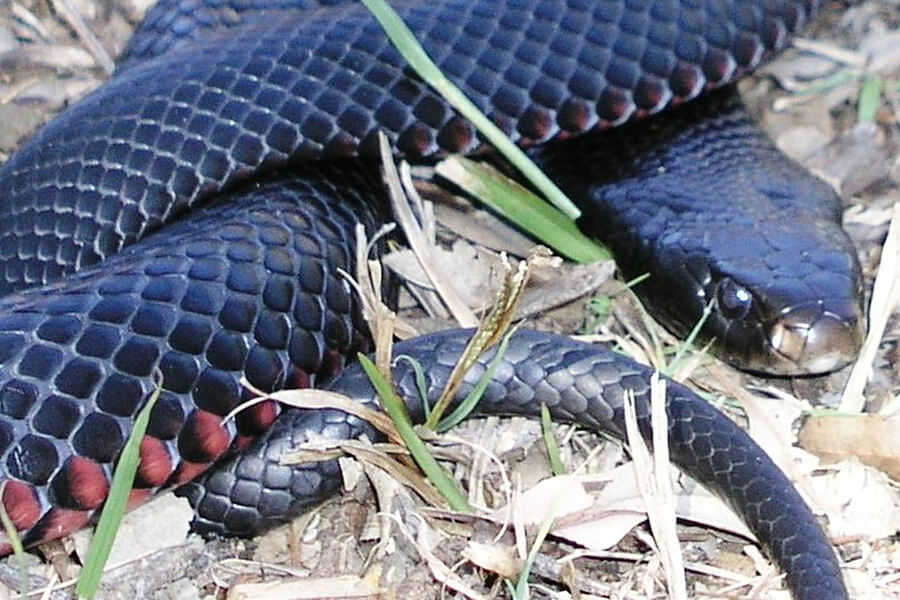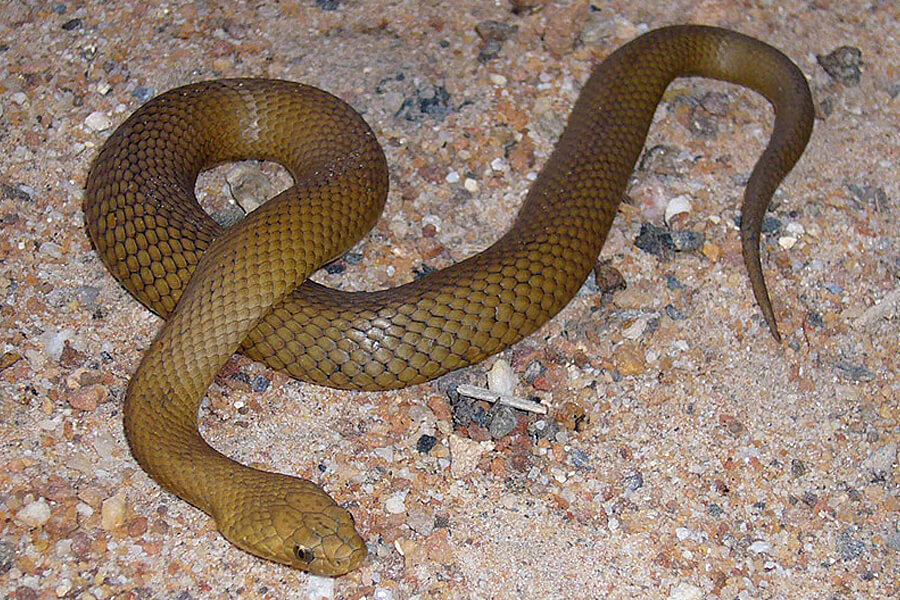Introduction
Tiger serpents are amongst the most poisonous serpents in Australia, known for their hostile nature and potent poison. Experiencing a tiger serpent can be a startling experience, specifically if you're unaware of just how to react in case of a bite. This thorough guide is designed to furnish you with crucial understanding on what to do in situation of a tiger serpent bite, guaranteeing your safety and giving you the self-confidence to act decisively.
What to Do in Case of a Tiger Snake Bite?
A tiger serpent bite is a clinical emergency situation that needs immediate action. If bitten, follow these steps:
Stay Calm: Panic can increase your heart price, creating the venom to spread faster via your bloodstream. Call for Help: Dial emergency situation services promptly or have somebody take you to the nearest hospital. Immobilize the Influenced Limb: Keep the bitten limb as still as possible; immobilization slows down poison circulation. Remove Limited Clothes or Jewelry: As swelling might take place, it's vital to eliminate anything that might restrict blood flow. Do Not Apply Ice or Tourniquets: These approaches can create more harm than great by damaging cells and restricting blood flow. Monitor Symptoms: Track any symptoms like problem breathing or loss of consciousness.Understanding the Tiger Snake
Habitat of the Tiger Snake
Tiger serpents are generally discovered in seaside and inland locations across southerly Australia, consisting of Tasmania. They Australian snake distribution like environments such as marshes, swamps, and grasslands where they can discover adequate food resources like frogs and tiny mammals.

Are Tiger Snakes Venomous?
Yes! Tiger serpents have highly hazardous venom that can cause severe illness or death otherwise dealt with without delay. Their poison consists of neurotoxins that affect the nerves, bring about paralysis and other important symptoms.
First Aid for Serpent Bites: Necessary Knowledge
Recognizing a Serpent Bite
A snake bite can in some cases be hard to spot immediately. Look for:
- Two leak wounds Swelling around the bite area Pain or tenderness Discoloration
Symptoms After a Tiger Serpent Bite
After being attacked by a tiger snake, sufferers may experience:
- Nausea Vomiting Abdominal pain Weakness Difficulty breathing
First Aid Actions for Serpent Bites
1. Immobilization Techniques
It's crucial to keep the damaged limb paralyzed using splints or bandages.
2. Compression Bandaging
Using a stretchable bandage can assist slow down poison spread however need to not be as well tight-- inspecting flow is crucial.
Snake Bite First Aid Set Essentials
To manage emergencies effectively, having a well-stocked first aid set is imperative. Here are products every snake bite emergency treatment package need to contain:
|Thing|Description|| ---------------------------|------------------------------------|| Compression plasters|For immobilization|| Triangular bandages|To produce slings|| Scissors|For cutting apparel|| Antiseptic wipes|To clean the injury|| Emergency contact numbers|For quick access during an emergency|

Understanding Different Types of Snakes in Australia
Eastern Tiger Serpent vs Tasmanian Tiger Snake
While both types belong to the http://dallaskcui643.almoheet-travel.com/eastern-brown-snakes-vs-tiger-snakes-comprehending-their-differences-and-threats same family, recognizing their distinctions can be essential:
- Eastern tiger snakes are normally a lot more hostile than their Tasmanian counterparts. Coloration differs from olive-green to brown hues.
Other Poisonous Serpents in Australia
Australia hosts a selection of hazardous serpents:
- King Brown Snake Eastern Brown Snake Common Fatality Adder
Knowing these types will enhance awareness when going across Australian landscapes.
Safety and Avoidance Tips
How to avoid Snake Bites?
Wear safety clothing when hiking. Stay on recognized trails. Avoid tall turf and dense underbrush where snakes might reside. Be careful while handling logs or rocks.What Should You Do If You Experience a Snake?
If you see a serpent:
- Remain calmness and retreat slowly. Do not attempt to manage or provoke it.
FAQs Regarding Tiger Snakes
1) What ought to I do initially if bitten by a tiger snake?
Immediately call for emergency assistance and paralyze the affected limb without using ice or tourniquets.

2) How much time does it take for signs and symptoms to show up after being bitten?
Symptoms might materialize within mins yet can range people; it's vital not to delay treatment regardless of symptom onset.
3) Can I use ice on a snake bite?
No, using ice may cause additional cells damage; rather, focus on keeping the arm or leg still and getting medical attention.
4) Are infant tiger snakes much less dangerous than adults?
While child tiger snakes have less poison generally, they are still capable of supplying serious bites and should be treated with caution.
5) Exactly how efficient is antivenom against tiger serpent bites?
Antivenom is very efficient when administered immediately after envenomation; timely clinical interest substantially boosts survival rates.
6) Is it risk-free to draw out venom from a snake bite?
No! Sucking out the poison is inefficient and can get worse injury; it's important only to look for specialist clinical treatment.
Conclusion
In case you ever find yourself confronted with what looks like an unfortunate case entailing a tiger serpent bite, remember this guide on "What to Do in Case of a Tiger Snake Bite: Comprehensive Emergency Treatment Guide." Expertise truly is power when it comes down to preventing casualties from such encounters! Always prioritize looking for instant clinical assistance while applying basic emergency treatment steps-- your fast activities can possibly save lives!
Stay familiar Hoop Snake with your environments while appreciating nature's appeal so that you stay risk-free in environments where these marvelous animals stroll freely!